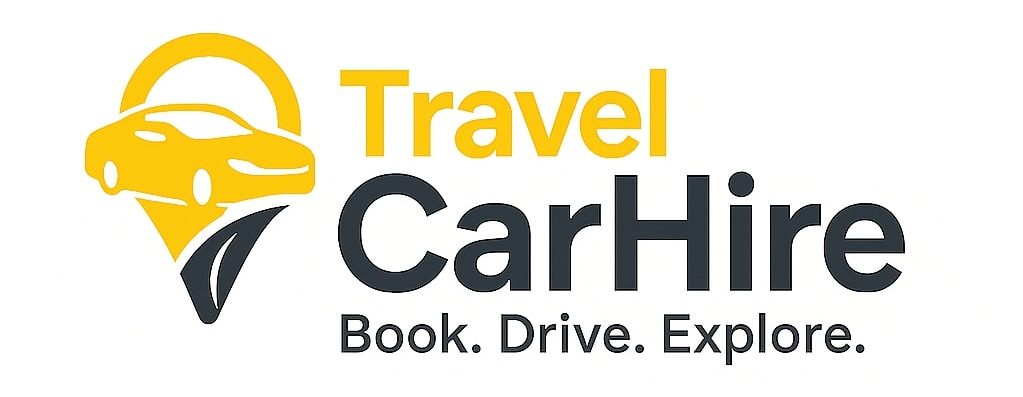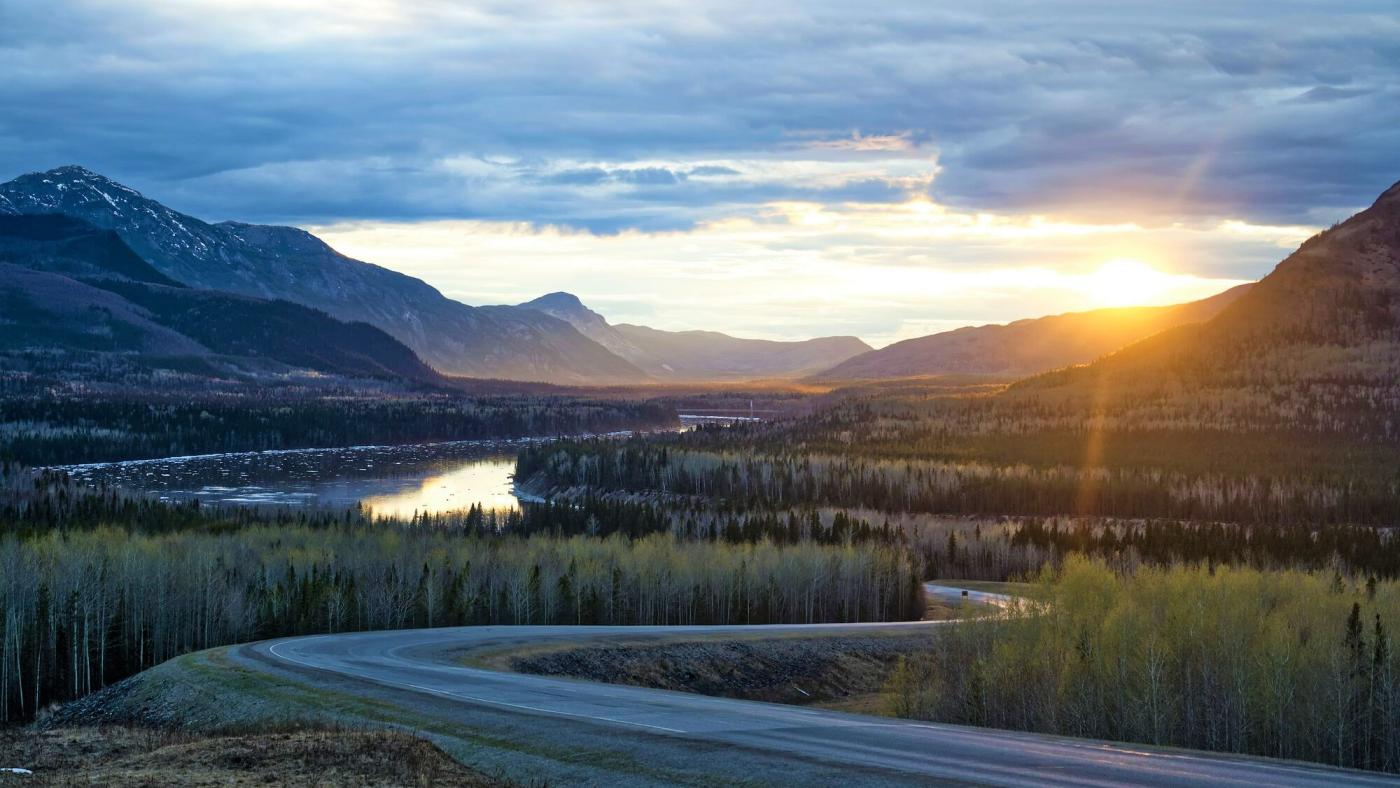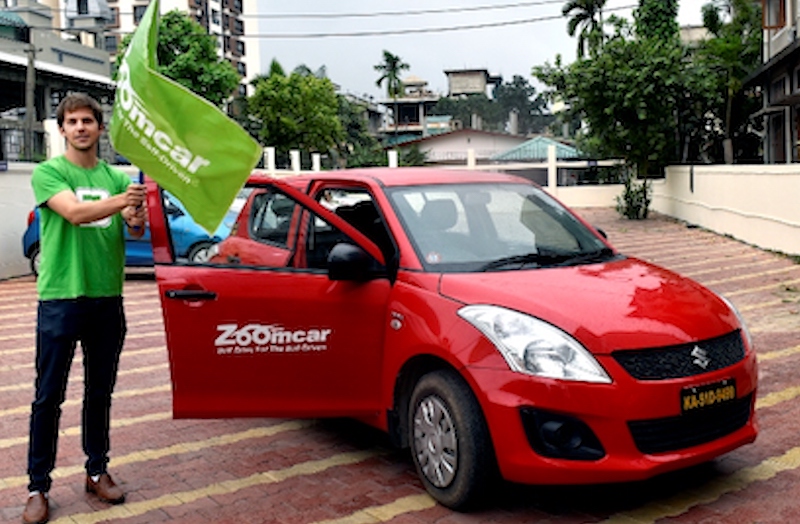The Alcan Highway USA to Canada is one of the most awe-inspiring road trips on the planet. Known formally as the Alaska Highway, this iconic route stretches through remote landscapes, pristine forests, and rugged mountain terrain between Dawson Creek in British Columbia, Canada, and Delta Junction in Alaska, USA. What was once a wartime supply route has transformed into a dream destination for road trippers, nature lovers, and adventure seekers alike.
Whether you’re planning a cross-country expedition or a scenic escape into the wilderness, this guide provides everything you need to know—history, route planning, travel essentials, and unforgettable stops along the way.
The History Behind the Alcan Highway
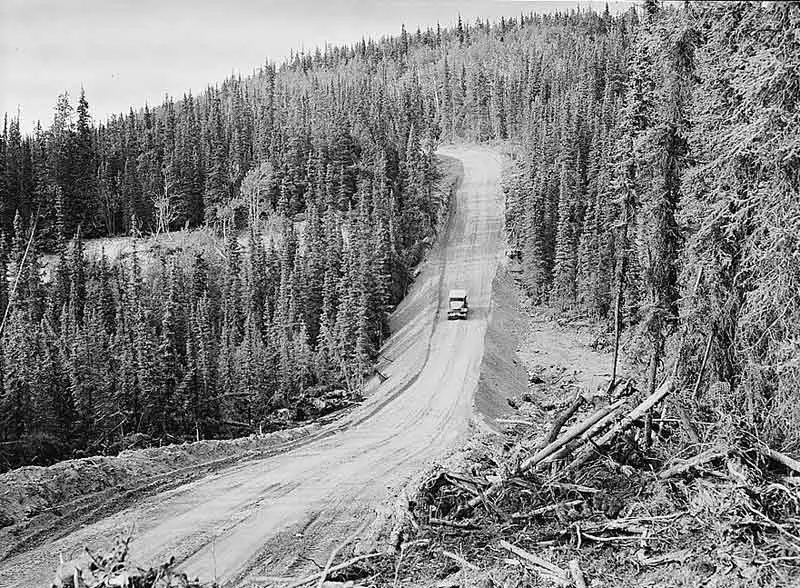
The Alaska-Canada Highway, or Alcan Highway, was born out of urgency during World War II. After the bombing of Pearl Harbor in 1941, the U.S. government sought a secure land route to Alaska for military support and defense. Construction of the highway began in March 1942, and in a remarkable display of engineering and human effort, it was completed in just eight months.
Over 10,000 soldiers and civilians, many of whom were African American troops working under difficult conditions, carved the route through dense forest, swamps, and mountains. The original road was rugged, muddy, and barely navigable. Over the decades, improvements were made, turning the Alcan into a fully paved and drivable highway for civilians.
Today, travelers follow this historic path not just for its practical use, but to relive the legacy of grit, exploration, and human triumph over nature’s challenges.
Route Overview: From Dawson Creek to Delta Junction
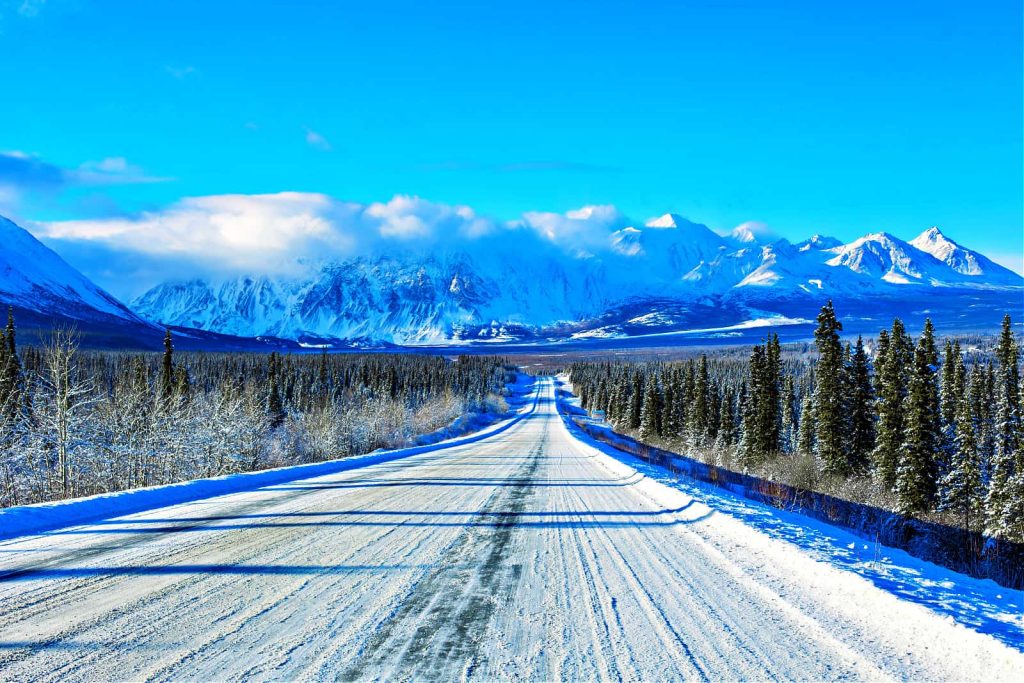
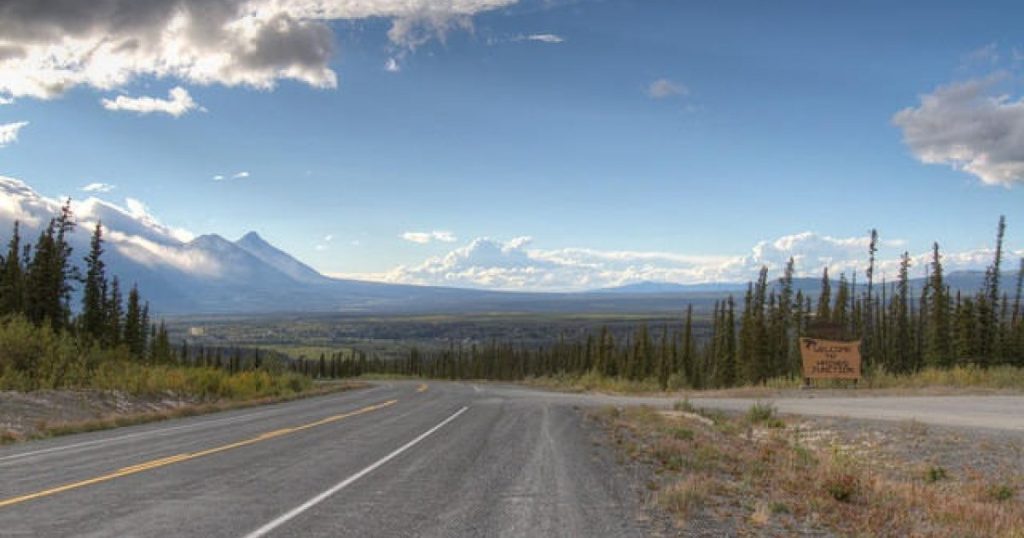
The Alcan Highway officially begins at Mile 0 in Dawson Creek, British Columbia, and ends at Delta Junction, Alaska, where it connects to the Richardson Highway leading to Fairbanks. Although many people consider Fairbanks the unofficial end, Delta Junction is the recognized terminus.
Route Basics:
- Length: 1,390 miles (2,232 km)
- Time Required: 7–10 days (flexible depending on stops)
- Best Travel Time: Late May to early September
- Route: BC → Yukon → Alaska
The road is well-paved but has occasional rough patches, frost heaves, and gravel sections due to weather and ongoing repairs. Facilities are available, but some stretches between towns are long and remote. Planning ahead is essential.
Must-See Stops Along the Alcan Highway
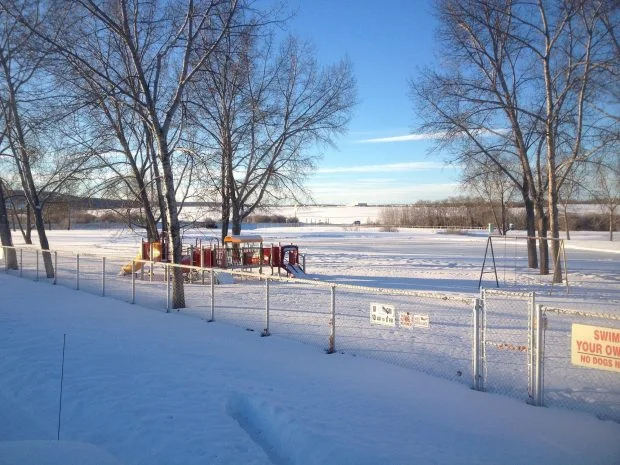
The Alcan Highway passes through an extraordinary variety of landscapes and towns, each offering a unique story or natural beauty. Here are the top stops worth including in your itinerary:
Dawson Creek, British Columbia
This charming town marks the official start of the Alcan Highway. It’s home to the famous “Mile 0” sign, where most travelers begin their photo journey. Visit the Alaska Highway House Museum to view archival footage and learn about the construction of the road. Stock up on supplies, get your vehicle inspected, and enjoy local dining before heading into more isolated terrain.
Fort Nelson, British Columbia
About 280 miles from Dawson Creek, Fort Nelson is the last sizable town before entering the Northern Rockies. Don’t miss the Fort Nelson Heritage Museum, which showcases old vehicles, construction tools, and stories from the highway’s early days. This town also has gas stations, grocery stores, and accommodations—a critical pit stop before a long wilderness stretch.
Muncho Lake and Liard River Hot Springs
Driving through the Northern Rockies, you’ll find jaw-dropping scenery. Muncho Lake Provincial Park offers one of the most picturesque landscapes on the route, with deep blue waters and jagged mountains. A bit farther, Liard River Hot Springs is a perfect place to soak in warm mineral water surrounded by boreal forest. It’s not just beautiful—it’s therapeutic.
Watson Lake, Yukon
Famous for its Sign Post Forest, Watson Lake is a quirky yet heartwarming stop. Started by a homesick soldier in 1942, this collection of over 85,000 signs has become a global traveler’s landmark. You can even add your own sign! Also visit the Northern Lights Centre, which has a planetarium-style presentation about the aurora borealis.
Whitehorse, Yukon
As the capital of Yukon Territory, Whitehorse is the largest city along the Alcan. It’s a great place to rest, refuel, and explore. Attractions include the SS Klondike paddlewheeler, Miles Canyon, and the Yukon Beringia Interpretive Centre, which details prehistoric animals and First Nations history. You’ll also find great food, cultural events, and shopping here.
Tok, Alaska
Your first major stop after crossing into the U.S., Tok offers visitor information, accommodations, and RV services. It’s often a junction point for those continuing toward Fairbanks, Anchorage, or Wrangell-St. Elias National Park. Though small, Tok is friendly, scenic, and a good place to gather final resources before heading deeper into Alaska.
What You Need to Know Before You Go
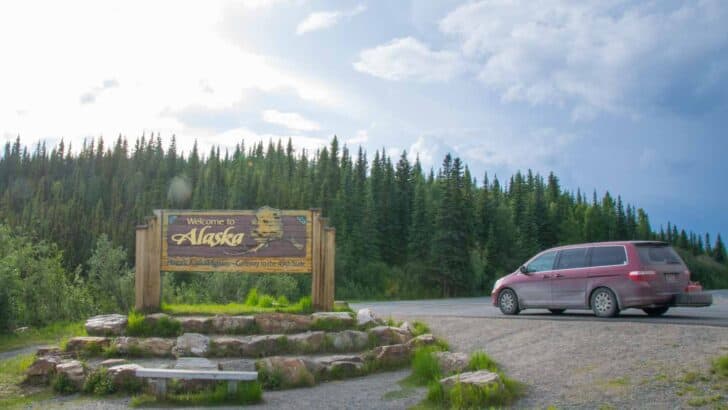

Driving the Alcan Highway USA to Canada isn’t like any ordinary road trip. The route takes you through remote areas where help isn’t always close, so preparation is vital.
Vehicle and Documents
- Get a full mechanical check-up before your trip.
- Carry a spare tire, jack, jumper cables, oil, coolant, and tools.
- Have your passport ready for the Canada-U.S. border.
- If you’re renting a vehicle, confirm it’s allowed to cross international borders.
- Keep copies of travel insurance, car insurance, and ID.
Fuel and Food
- Fill your tank at every major stop—gas stations can be over 100 miles apart.
- Carry extra fuel in certified containers if driving an RV or in off-season.
- Stock up on snacks, water, and non-perishable food for long stretches.
Navigation and Connectivity
- Download offline maps or carry paper maps like the Milepost travel guide.
- Cell coverage is unreliable in many places.
- Bring a GPS device and backup power banks.
Wildlife Awareness
- Watch for bison, caribou, moose, bears, and foxes.
- Drive cautiously at dusk and dawn, when wildlife is most active.
- Never feed animals or leave food in your vehicle unsealed.
Where to Stay on the Alcan Highway
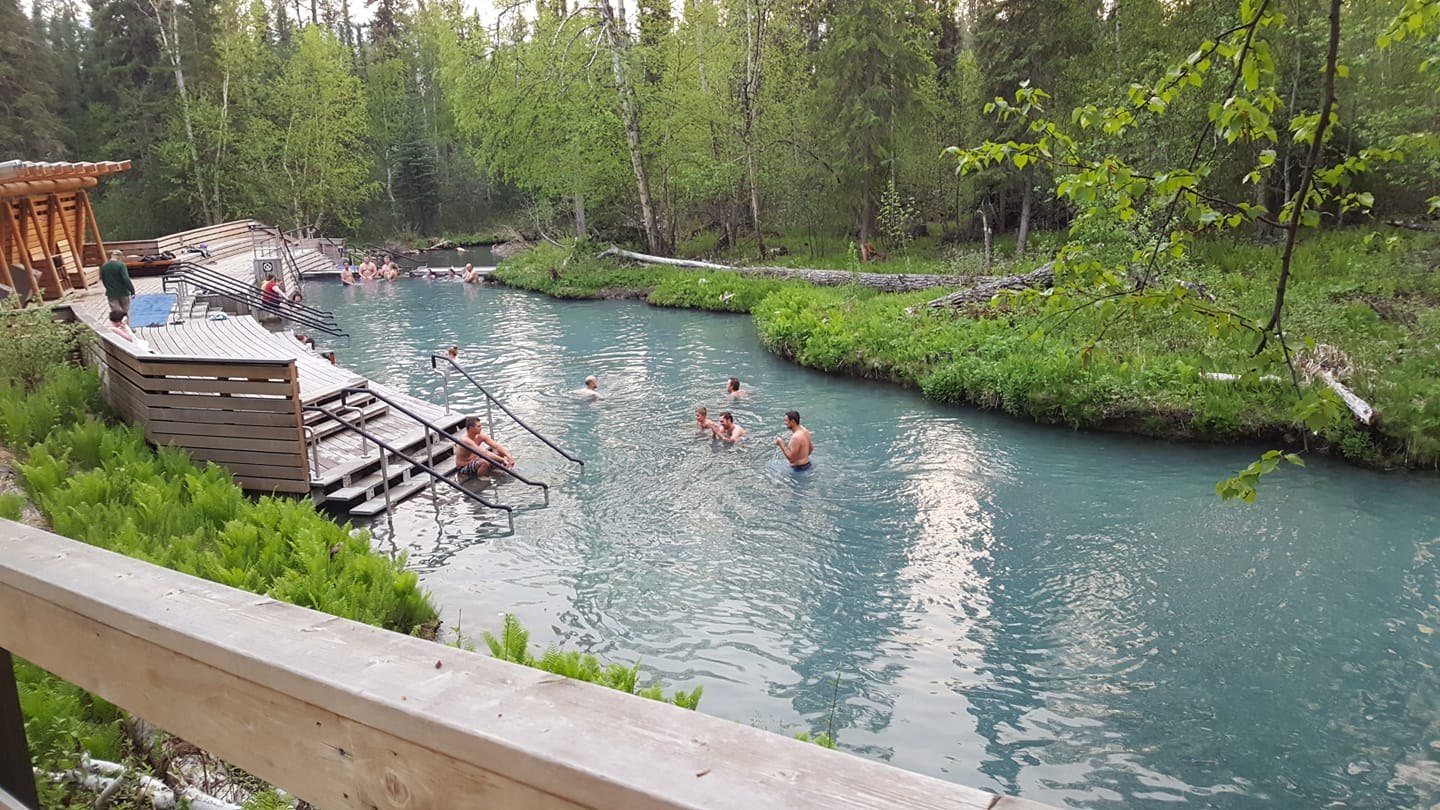
Hotels & Motels
In towns like Whitehorse, Dawson Creek, and Tok, you’ll find reliable motels and hotels offering Wi-Fi, meals, and fuel stations. Booking ahead during summer months is recommended, especially in smaller towns where accommodations are limited.
Campgrounds
There are numerous provincial parks, territorial campgrounds, and RV parks along the Alcan. Some notable ones include:
- Liard River Hot Springs Campground (BC)
- Teslin Lake Campground (Yukon)
- Tok RV Village (Alaska)
Many offer fire pits, restrooms, and water—but some are primitive, so come prepared. Wildlife sightings at campgrounds are common, so store food securely.
Why the Alcan Highway Is a Must-Drive
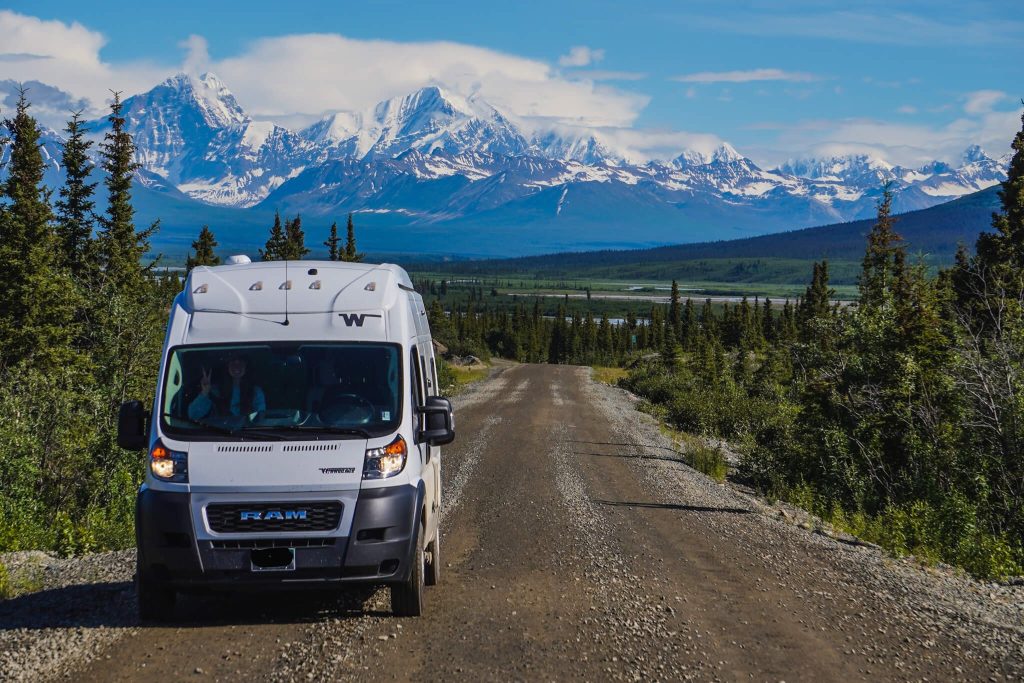
Few road trips offer the variety, beauty, and solitude that the Alcan Highway provides. One moment you’re surrounded by icy mountain peaks, the next by a forest of trembling aspens or an endless valley dotted with moose. It’s more than just a scenic route—it’s a passage through time and terrain that has remained mostly untouched.
You’ll not only witness spectacular natural beauty but also connect with the people, cultures, and stories that define northern Canada and Alaska. Whether you’re soaking in hot springs, adding your name to the Sign Post Forest, or simply driving under a sky lit by the midnight sun, every mile feels like a discovery.
Conclusion
The Alcan Highway USA to Canada is one of the last great driving adventures of the modern world. From its wartime origins to its modern-day role as a scenic wonder, the highway invites travelers to embrace freedom, nature, and history. It’s not an easy trip—but that’s the point. It’s a journey of endurance, beauty, and wonder.
So, fuel up, prep your gear, and take the wheel. The Alcan isn’t just a highway—it’s a once-in-a-lifetime experience.
